#traditional chinese culture
Text
If you want to describe your characters as autistic without explicitly saying they are autistic, you csn say they have the lonely disorder.
In China, the word for mild autism (higher functioning autism, level 1, low support needs, whatever you call it, you know what I mean) literally translated to "lonely disorder" which I love so much. So damn accurate 🥲🥲🥲🥲🥲 狐独症 gū dú zhèng
The word for a more severe autism is 自闭症 self enclosed disorder, zì bì zhèng. My autism is more mild so I can't speak as to whether I like that, as a translation.
A bit of writing tips!
#autism#writing disability#writing autistic characters#chinese language#chinese langblr#chinese culture#traditional chinese culture#china#languages#linguistics#lan wangji#autistic lan wangji#autistic lan zhan#actually autistic#the Chinese do not sugarcoat#it's a very blunt language and i love it#actuallyautistic#the untamed#lan zhan#autistic#mdzs#character writing tips#character writing#writing tips#writing advice#writing help#writing resources
230 notes
·
View notes
Text
Hi Producer (正好遇见你) Infodump Catalogue

So Yu Zheng is back with another entry in his "let me show you how much research I have done through a drama" saga, and this time he's gone a level beyond and is presenting us ALL the best costumes he had made for his different dynasty dramas, under the guise of "Producers making documentaries about intangible cultural heritage". He's getting increasingly creative (not) but hey, I appreciate a good recycling lol. Even if the drama is made mostly for the purpose of recycling the old costumes for one last time plus boasting.🥲
Official Weibo
ANYWAY, I can never look away from meta and infodumps! So without further ado:
I'll update this masterpost as I go!

Posters: Ep 1-21, Ep 22-35
.
Ep 1, Ep 2: Filigree Inlay, Pt 2
Ep 3, 4: Kesi Weaving
Ep 6, 7: Cheongsam Pt 1, 2, 3
Ep 8,9 : Jade Carving
Ep 10, 11: Porcelain
Ep 12, 13: Chinese Classical Dance
Ep 14, 15: Incense Pt 1, 2
Ep 16, 17: Cuisine Pt 1, 2
Ep 18, 19: Jewellery
Ep 20, 21: Woodblock Printing
Ep 22, 23: Ancient Watch Repair
Ep 24, 25: Lacquerware
Ep 26, 27: Stage Costumes and Props
Ep 28, 29: Bronzeware
Ep 30, 31: Ancient Cosmetics
Ep 32, 33: Ming-Style Carpentry and Landscaping
Ep 34, 35: New Year Customs
youtube
#正好遇见你#chinese drama#cdrama#Hi Producer#fashion history#chinese art#chinese history#meta#Youtube#traditional chinese culture#intangible cultural heritage
55 notes
·
View notes
Text
How to Celebrate the Dragon Boat Festival: History, Culture and Customs

The Dragon Boat Festival (Duan Wu Jie) is a traditional Chinese festival that has been celebrated for over 2,000 years. It is held on the fifth day of the fifth lunar month, which usually falls in June on the Gregorian calendar. The festival has a rich history and culture that is celebrated in different ways across China and other parts of the world.
The most popular theory of the origin of the festival is that it was derived from the commemoration of a great patriot poet, Qu Yuan. Qu Yuan was a minister in the state of Chu during the Warring States period (475-221 BC). He was exiled by the king for opposing alliances with other states and committed suicide by drowning himself in the Miluo River. The local people who admired him raced out in boats to save him or retrieve his body. They beat drums and splashed their paddles in the water to scare away fish and evil spirits. This is said to be the origin of dragon boat racing.

The Dragon Boat Festival is celebrated in different ways across China. In southern China, especially in Guangdong, Hong Kong, and Macau, people eat zongzi (sticky rice dumplings) wrapped in bamboo leaves. The fillings can vary from sweet to savory and include pork belly, salted egg yolk, mushrooms, chestnuts, and red bean paste. In northern China, people eat wheat dumplings called jiaozi instead.
Dragon boat racing is another popular activity during the festival. It involves teams of paddlers racing dragon-shaped boats to the beat of drums. The races are held on rivers or lakes and are accompanied by loud cheers and applause from spectators.

The Dragon Boat Festival has become an important cultural event around the world. It is celebrated in many countries including Singapore, Malaysia, Vietnam, Korea, Japan, and the United States. In addition to dragon boat racing and eating zongzi, other activities include making sachets filled with herbs to ward off evil spirits and hanging calamus and wormwood leaves on doors to repel insects.
I hope this information helps you understand more about this wonderful festival! Let me know if you have any other questions or if there’s anything else I can help you with.
This is another blog post I wrote in French. If you are interested, please click to read https://teaware.over-blog.com/
3 notes
·
View notes
Link
Start of Winter with a Cup Warm Black Tea

#black tea#start of winter#Chinese tea#Chinese culture#loose leaf tea#tea#traditional chinese culture
0 notes
Text
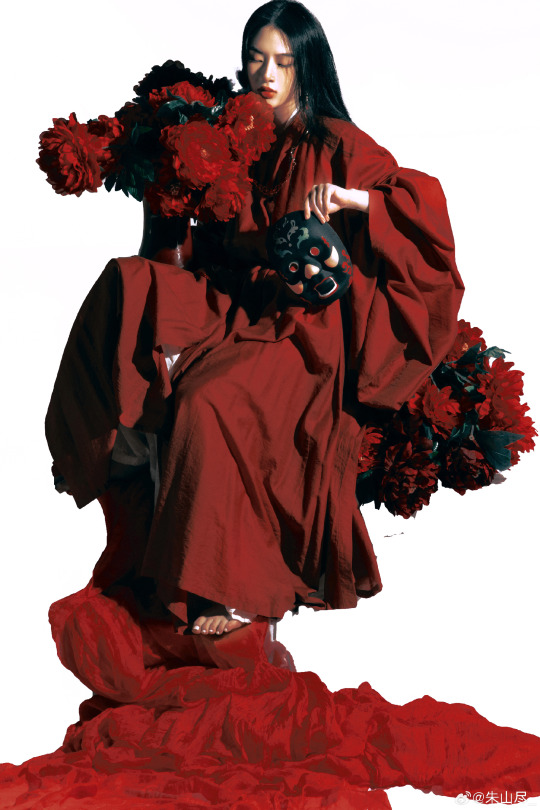
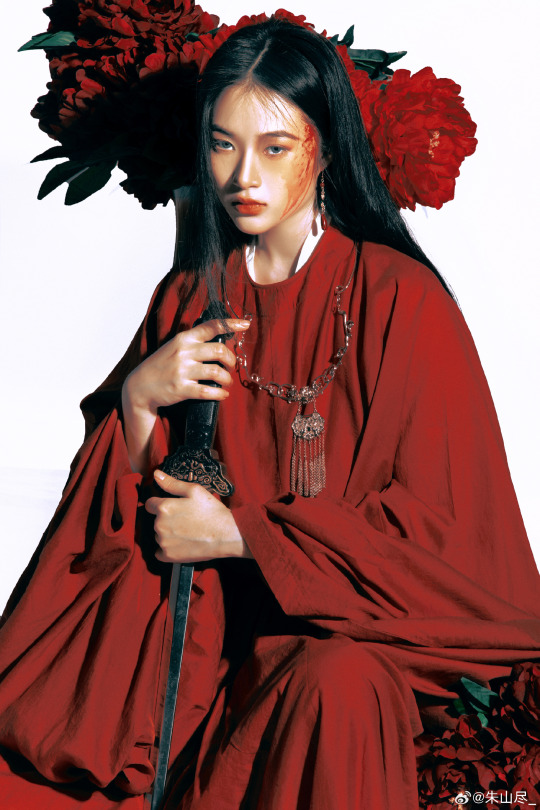
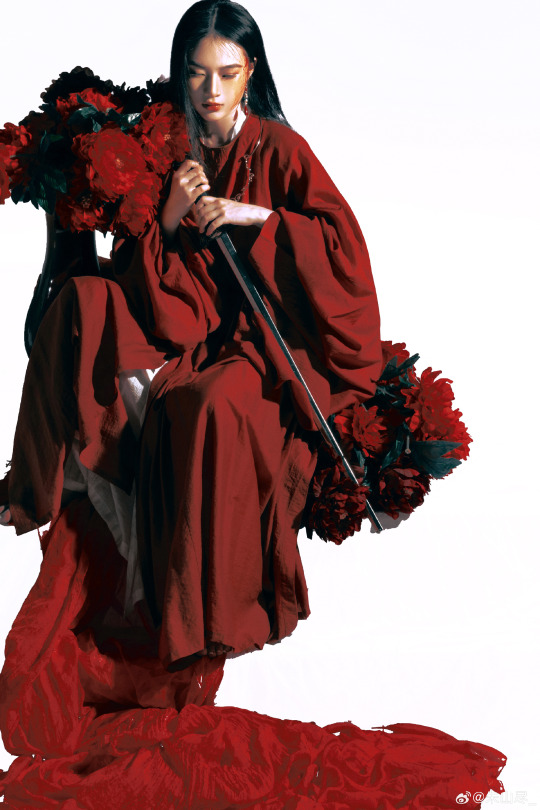


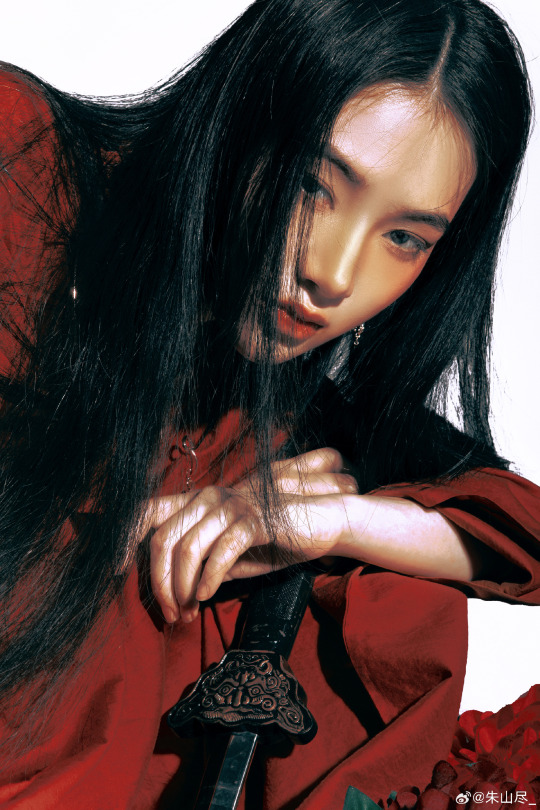
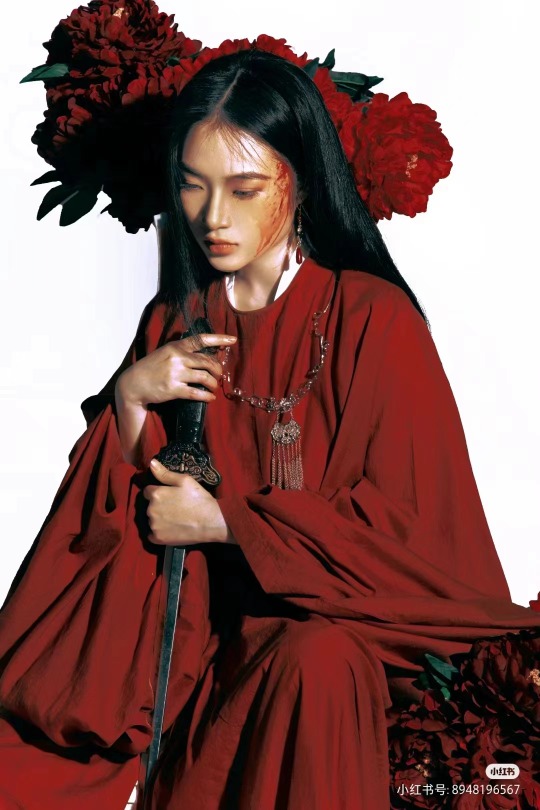

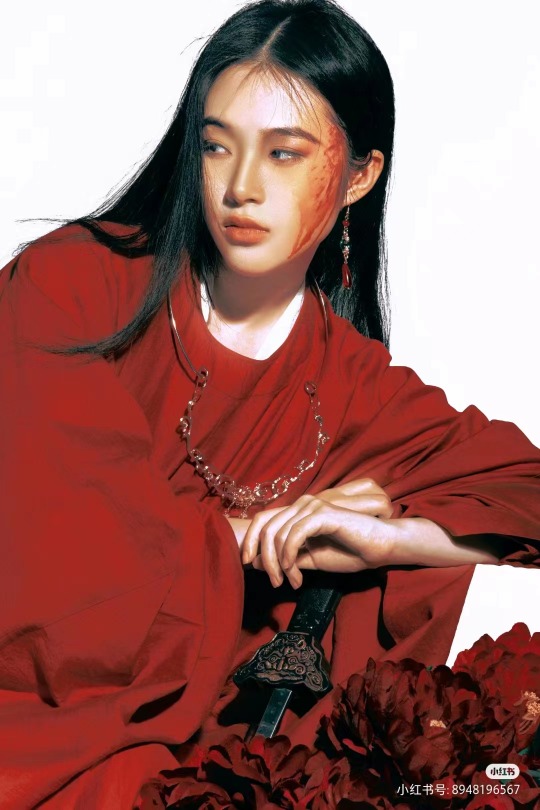
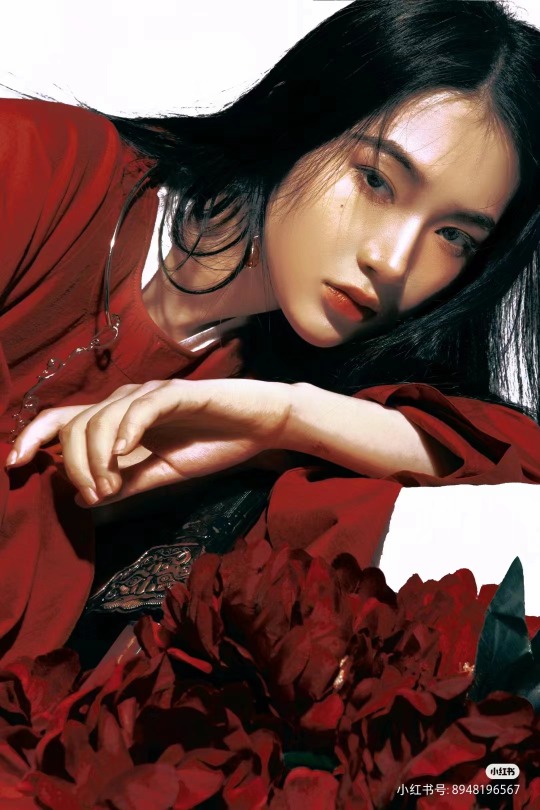
[Hanfu · 漢服]Chinese Tang Dynasty Hanfu Photoshoots
————————
📸Photo:朱山尽_
💄 Makeup:@南夕叙
🔗Weibo:https://weibo.com/6906018733/Nb2eJyNoq
————————
#chinese hanfu#tang dynasty#hanfu#hanfu accessories#hanfu_challenge#chinese traditional clothing#china#chinese#chinese culture#hanfu photoshoot#hanfu art#hanfu girl#hanfu fashion#chinese fashion#漢服#中華風#汉服
760 notes
·
View notes
Text
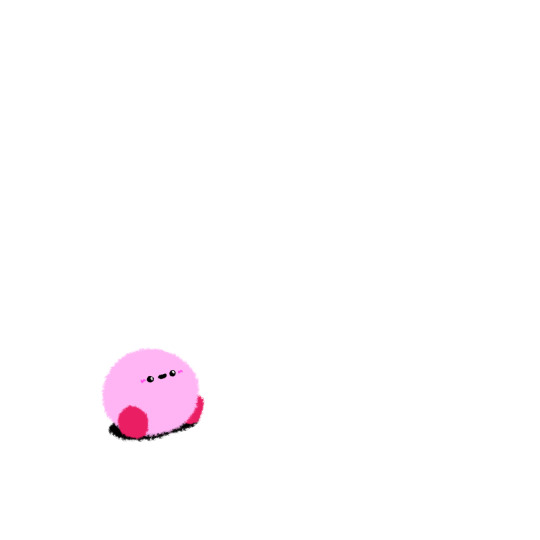
#kirby#daily kirby#my art#digital#hal laboratory#nintendo#my wife and my partner said I can go to the fancy korean bakery nearby and pick out lots of snacks#*and* it's right next to a taiwanese grocery store that probably has a lunar new year candy I've been idly looking for for like. 20 years.#not a joke btw#one year we celebrated lunar new year in school because blah blah white people school with like 2 chinese kids#it was meant as like a cultural exchange thing but it feels very tokenizing in retrospect#but Anyway#there was one specific sweet they brought that I've been wanting more of Ever Since and I'm pretty sure it was candied lotus seeds#but I only pinned that down for relative certain like. this month#and we mostly shop at american korean and japanese groceries#so I had one one time over 20 years ago#and haven't seen them since.#until jessica kellgren-fozard's recent video with her wife about lunar new year traditions#and I was like 'oh dang I probably can actually just look that up now huh'#cuz I remember the shape very distinctly#and I've been kind of looking for it since before I was on the internet lol#so it genuinely didn't occur to me that I might be able to look it up.#point being - a brief break in The Horrors for Snack Excitement :)
169 notes
·
View notes
Text
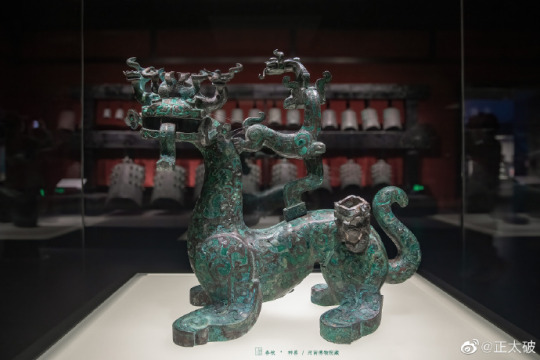


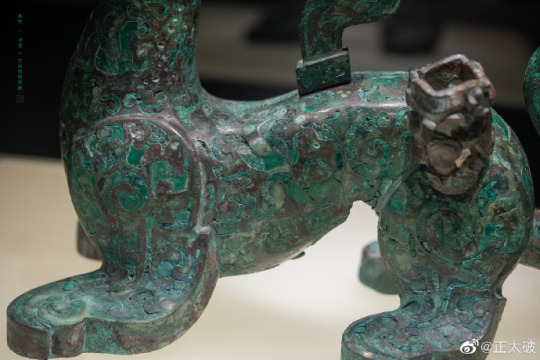
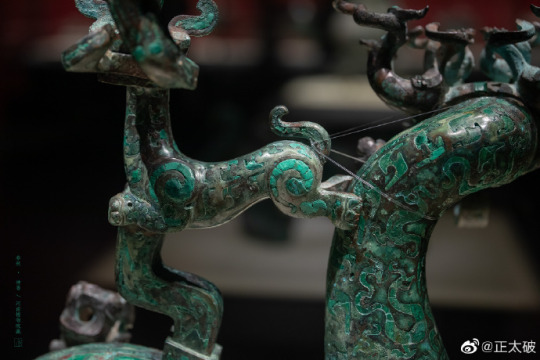

Steampunk Divine Beast From Spring And Autumn Period.
Richer in zoomorphic options than the griffin, this teasing bronze beast is actually a musical instrument bracket. Geometric and animalistic patterns are inlaid with turquoise.
Bronze of the Spring and Autumn period. In the collection of Henan Museum (河南博物院).
Photo: ©正太破
#chinese art#ancient china#chinese culture#chinese mythology#chinese history#shang bronze#bronze design#bronze art#bronze#Spring and Autumn period#shang dynasty#ritual#ancient Chinese music#traditional Chinese music#Chinese bronze#mythical creatures#fantasy creatures#magical creatures#turquoise#dragon#dragon art
247 notes
·
View notes
Text

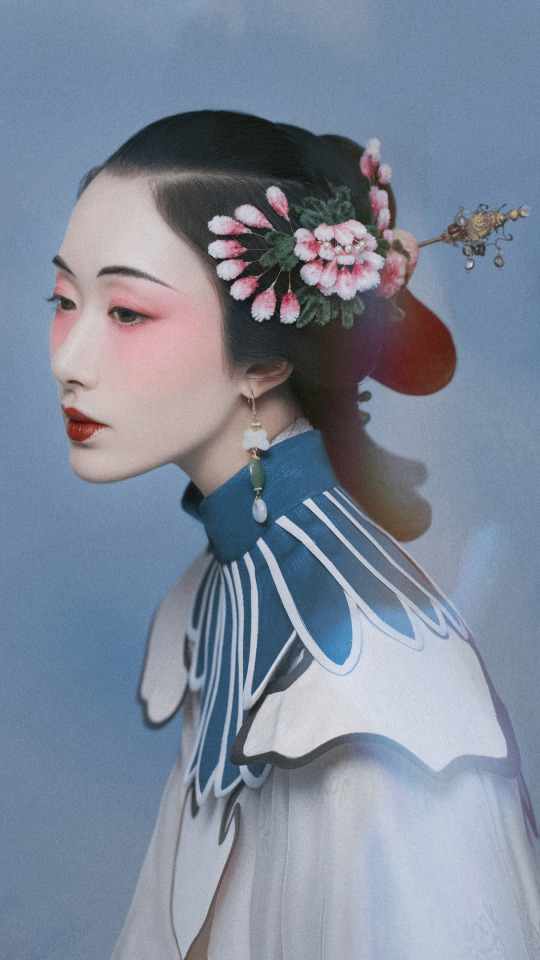

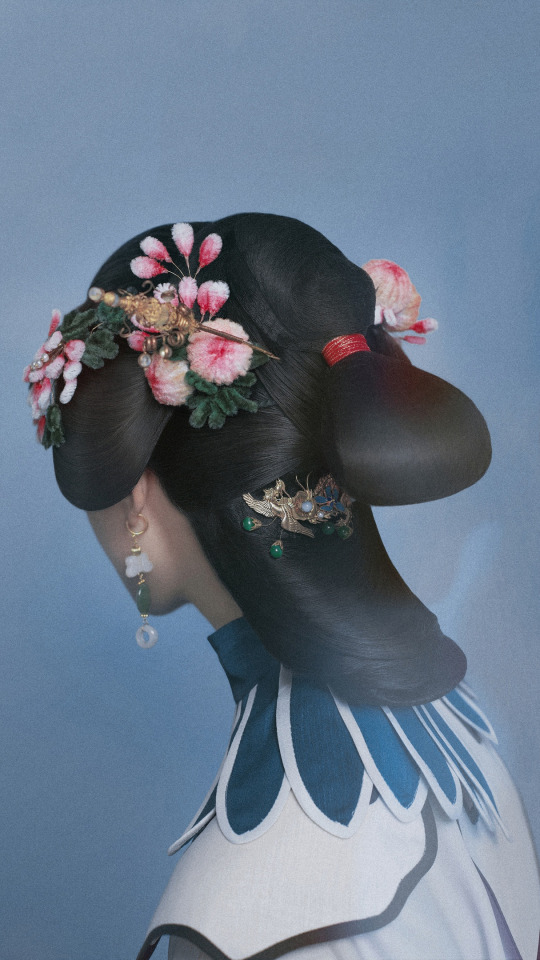
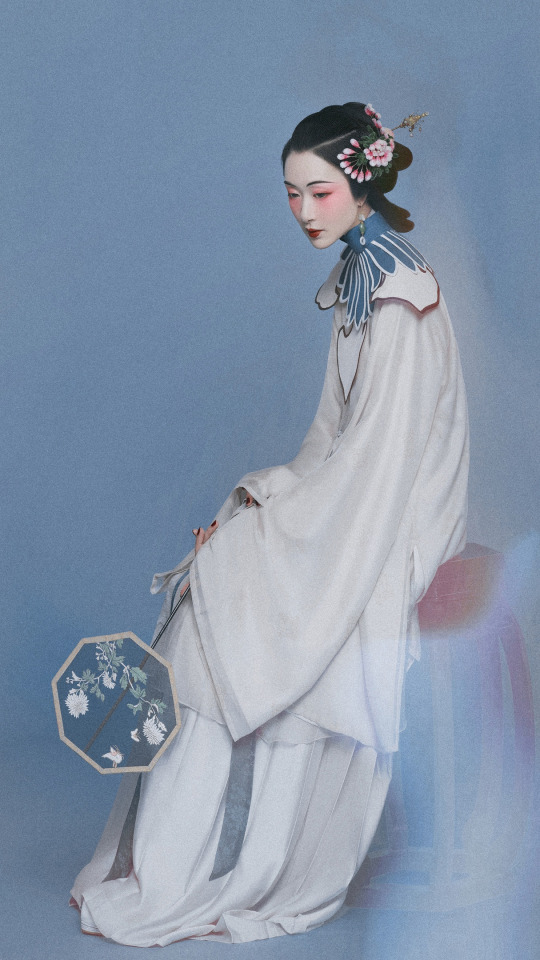

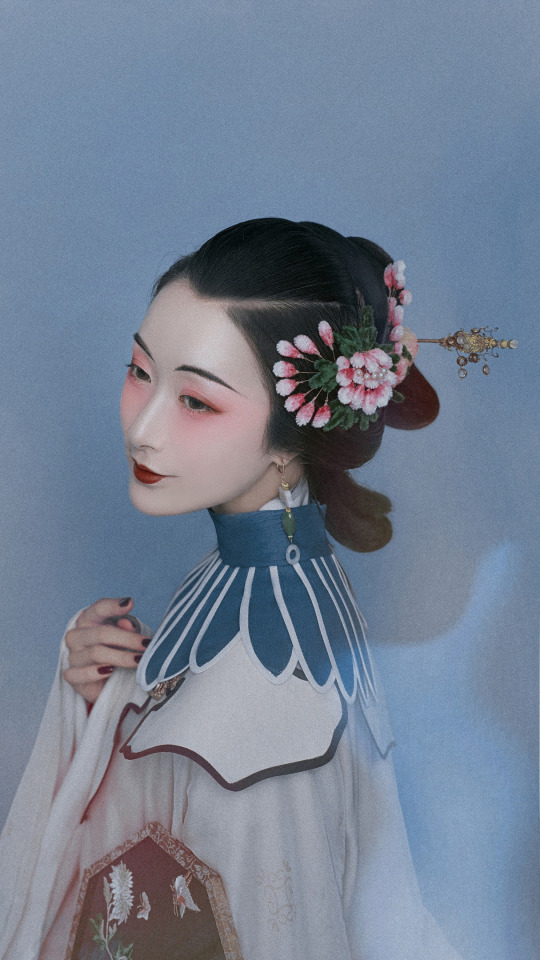
总攻是只猫
#hanfu#hanfu art#traditional clothing#chinese clothing#traditional chinese clothing#china#clothing#culture#history
652 notes
·
View notes
Text

The Sun and Moon Pagodas in Guilin, China (photo by Nathan Ackley)
Sun & Moon Twin Pagodas are one of the greatest attractions in Guilin, situated in Shanhu (Shan Lake).
The word sun and moon in Chinese character written together meant brightness. They are also known as Gold and Silver Pagodas because of their colors at night. They stand next to each other reflecting the beauty of each other.
Originally built in Guilin's moat during the Tang dynasty, these tiered towers were reconstructed in 2001 and now they are a tourist site combining culture, art, religion, and architecture, technology, and natural landscape.
The "Sun" Pagoda is constructed with copper; it has 9 floors and reaches a height of 41 metres. The "Moon" Pagoda's construction is made of marble; it has 7 floors and measuring 35 meters high. The two pagodas are connected via a tunnel at the bottom of the lake.
From the Moon Pagoda to the Sun Pagoda, there is a 10-meter glass tunnel that links the two under water. When walking through the tunnel, one can see the fish above the head and on both sides.
#sun and moon pagoda#china#chinese architecture#asian architecture#asia#chinese culture#asian culture#pagoda architecture#pagoda#buddhism#tang dynasty#photography#aesthetic#religion#asian religion#chinese religion#ancient china#ancient tradition#sun and moon
1K notes
·
View notes
Text
Some Hanfu pose references ..!
by yours truly,,, these photos honestly made me feel magical (& maybe worthy of being an inspiration) <33
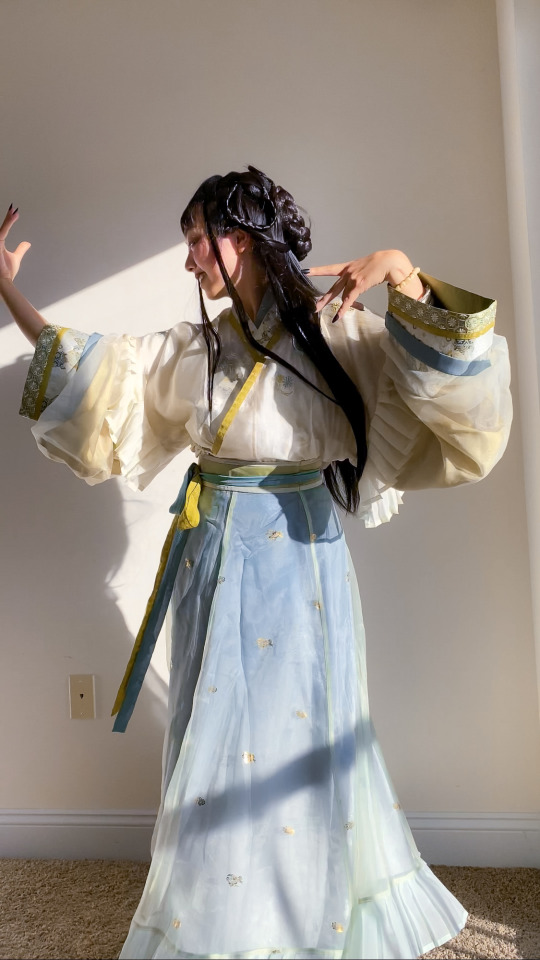
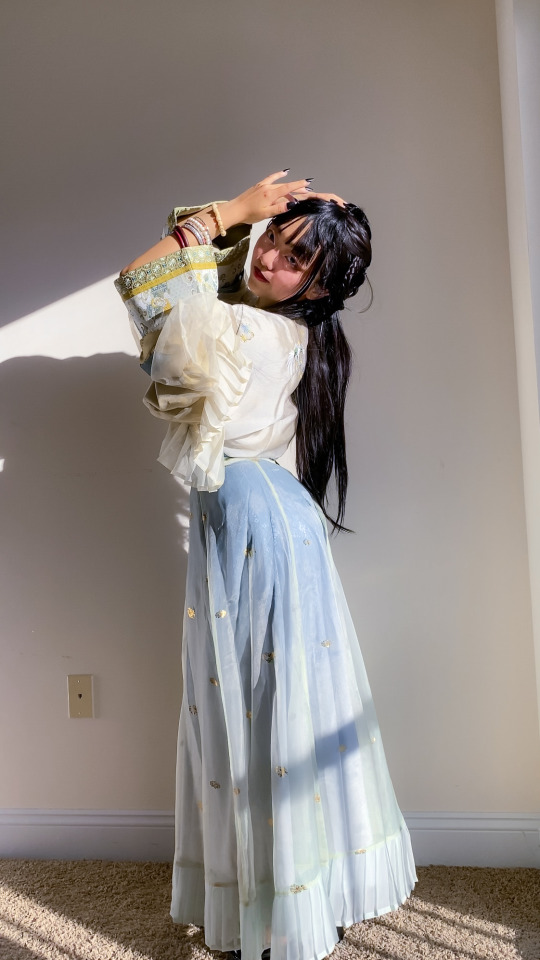
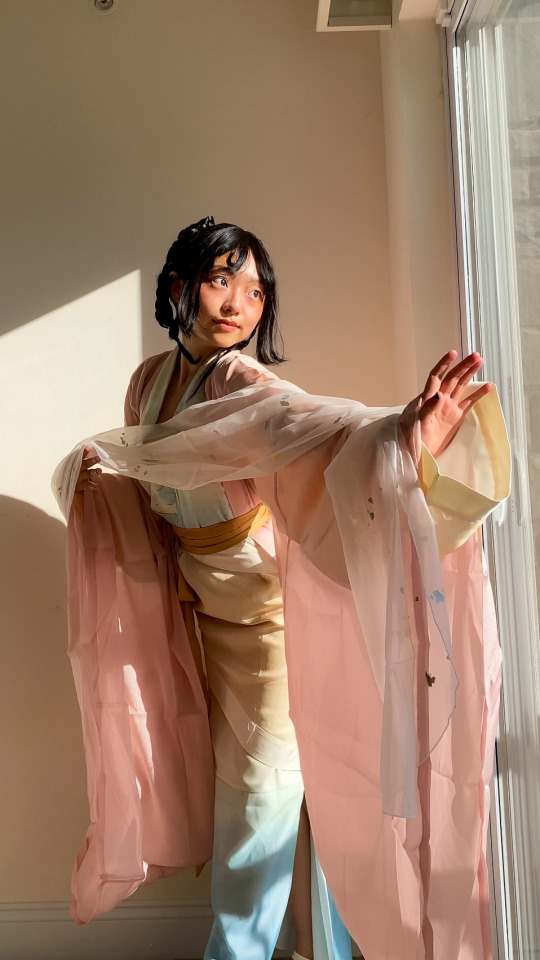
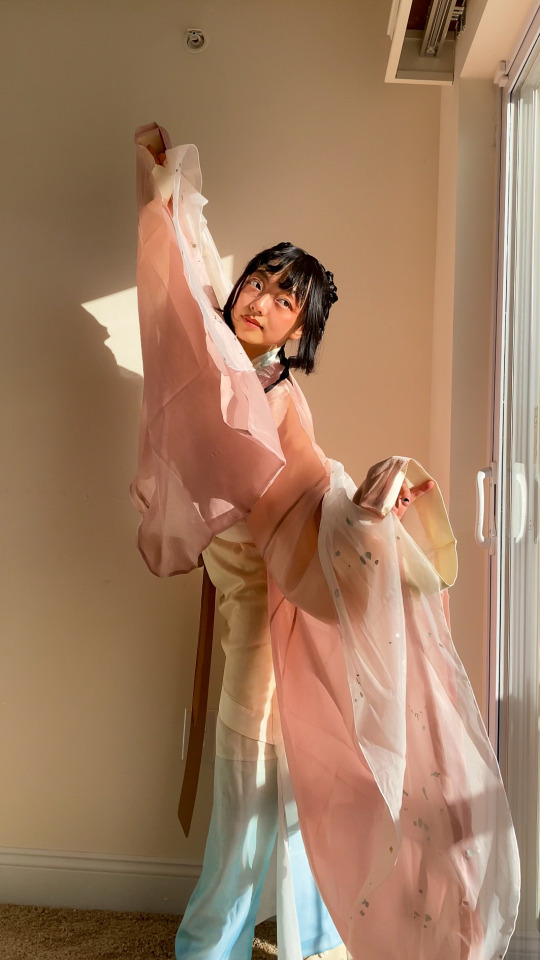
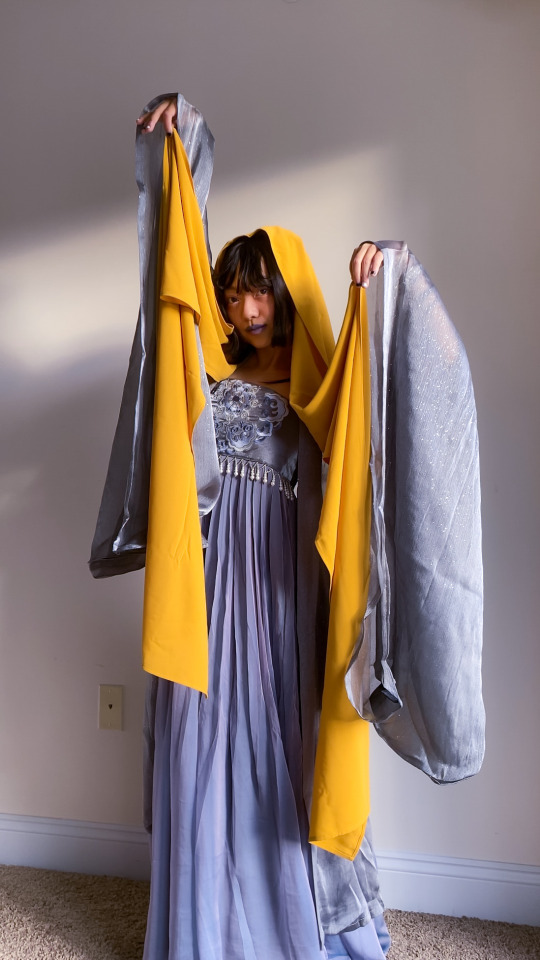



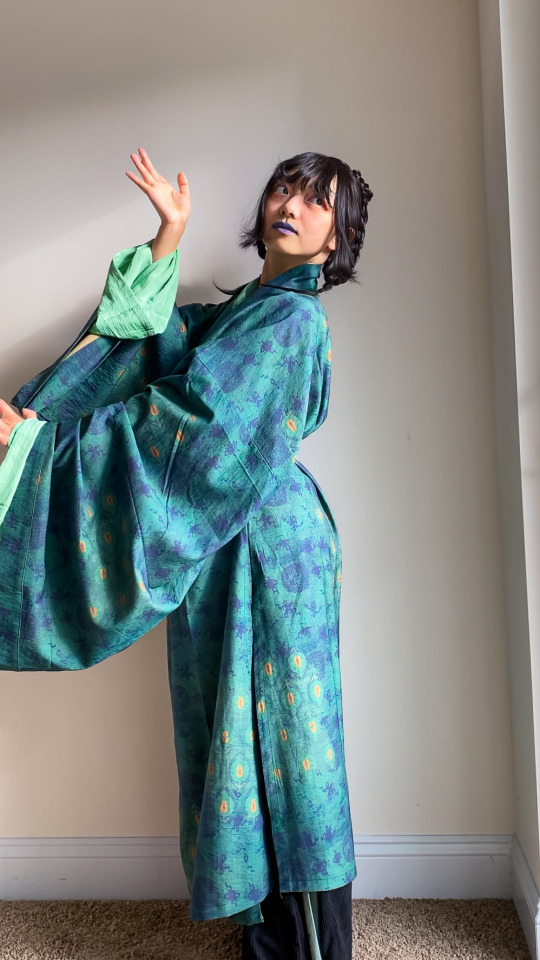
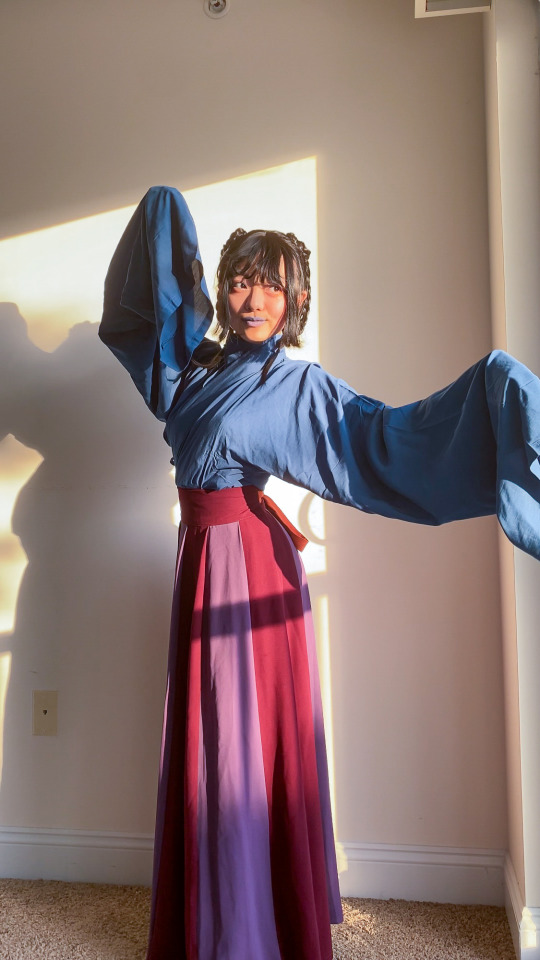
#chinese hanfu#hanfu fashion#汉服#hanfu#hanfu references#art reference#yovo does a face#your hanfu girl <3#traditional dress#chinese culture
206 notes
·
View notes
Text
Cardassian egg painting
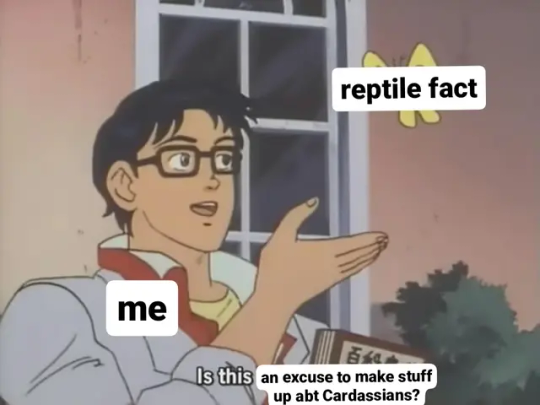
I know it doesn't make a lot of sense for Cardassians to lay eggs but humor me for a second here because imagine the culture that could evolve around it.
You know how reptile eggs shouldn't be rotated during incubation otherwise the baby will die, so breeders will often mark the top of an egg so they know the proper orientation? What if Cardassians do this too. And what if it's evolved from simple markings to, like, auspicious sigils. Like, you can wish your baby health/prosperity/filial piety/etc. by painting or stamping the corresponding symbol on top of their egg. Of course it's superstition that this actually affects the baby's fate, but even non-superstitious people do it anyway, just because it's tradition.
The substance that the symbol is painted with also supposedly affects the baby. This is a bit more scientifically sound, since chemicals can penetrate the shell and influence the fetus's development. Traditionally you'd use different kinds of herbal dye, but in modern times people are getting more scientific about it and using dyes imbued with chemicals that are proven to be beneficial to fetal development.
There are established symbols that signify different well-wishes, but of course people get creative with it. You can incorporate multiple symbols in your design, or hire a fortune teller to come up with a personalized design for your baby, or just add your own little flourishes. The designs can get quite elaborate. In modern times, parents who don't believe in the superstition of it have started painting other things on their eggs. A pretty design incorporating the baby's name, writing a letter to their baby, drawings with sentimental but not spiritual importance.
If the baby hatches in a way that doesn't damage the design, parents will often preserve the portion of the shell that has the design on it as a keepsake. If the baby does damage the design when they hatch, it's considered a bad omen, and a sign that the baby's fate will be the opposite of whatever the design symbolized.
When you walk into a Cardassian hospital's incubator room, you'll see eggs with all sorts of different designs—and some unmarked eggs, too. Those are probably orphans or bastards, babies without parents who care enough to wish them well. Sometimes hospitals will stamp those eggs with a generic, simple design wishing health. Usually not, though.
#silly silly worldbuilding that's barely based in canon#pregnancy and birth r such important things in every culture and there's so many superstitions/traditions around em. so what if... egg#are cardassians this superstitious in canon?? idk. this is very loosely inspired by chinese superstition and beliefs around birth#narcissus's echoes#ds9#cardassians#cardassian meta
320 notes
·
View notes
Text
Men are all for freedom of speech until you start talking about Wangxian in the Republican discord server, then it's all "I thought I muted her" and "you've lost your photo privileges" fucking hypocrites
#proship#republicans#the untamed#lan wangji#mdzs#mo dao zu shi#lan zhan#wei wuxian#freedom of speech#first amendment#freedom of expression#the democrats server kicked me out#danmei#traditional chinese culture#chinese culture
25 notes
·
View notes
Text
Hi Producer (正好遇见你) Posters (Ep 22-30)
(Ep 1-21)
Ep 22-23: Clocks, Ep 24-25: Lacquerware


Ep 26-27: Stage Costumes and Props, Ep 28-29: Bronzeware


Ep 30-31: Ancient Makeup, Ep 32-33: Ming-style Landscaping and Carpentry

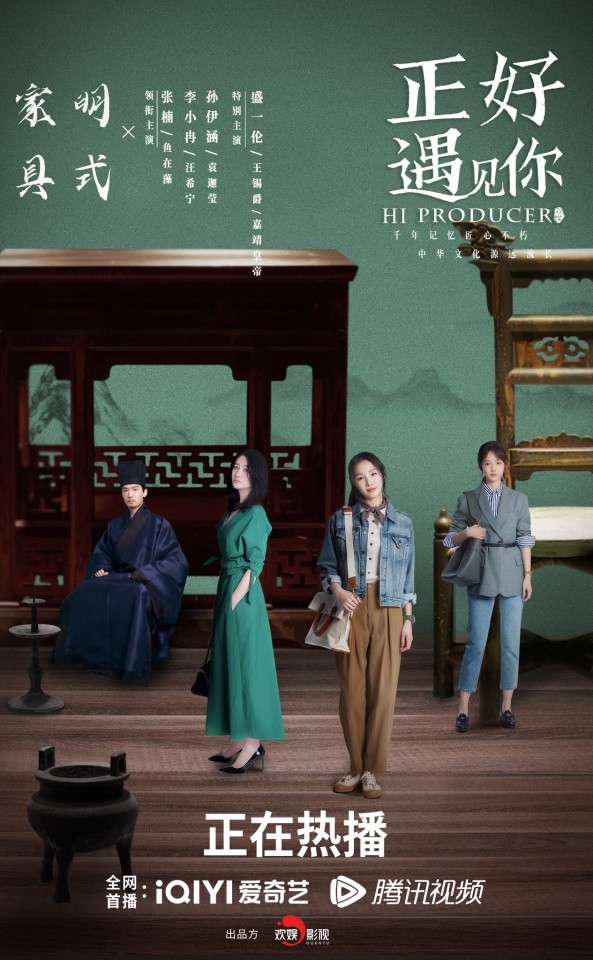
Ep 34-35: New Year Customs

.
More Hi Producer posts
#Hi Producer#cdrama#qing dynasty#chinese drama#ming dynasty#tang dynasty#chinese history#正好遇见你#clocksmithing#lacquerware#traditional chinese culture#traditional chinese music#traditional chinese crafts#chinese new year#chinese furniture#Bronzeware#chinese opera
1 note
·
View note
Text
Triple Date: Hualian, Fengqing and Quanyin.
They attend a Chinese Opera.
XL and MQ are watching enraptured, completely obsessed with the story being told, the music, the performance, all of it!
HC hasn't noticed the performance at all, he's watching XL's face.
FX doesn't really care that much. Also:
FX: *sees some impressive acrobatics* "I could do that"
XL, MQ and HC, in unison: "no you couldn't"
QYZ keeps trying to run off because he's bored. YY likes Opera but he is too focused on keeping QYZ in his seat. He misses most of the performance (XL later buys him a solo ticket, with HC's money obviously, so he can see one on his own). QYZ eventually settles down when YY holds his hand. QYZ, despite his boredom, is happy to be out in public with Shixiong!
#tgcf#tian guan ci fu#heaven official's blessing#hualian#fengqing#quanyin#hua cheng#xie lian#feng xin#mu qing#quan yizhen#yin yu#idk what traditional Chinese theatre culture is like#like is it traditional to eat snacks or whatever?#if it is#hc absolutely sends YY and QYZ to get food#QYZ insists on paying for Shixiong#YY is having a hard time but at least he's enjoying the music#XL and FX used to attend the theatre all the time back in Xianle#XL has always loved it#FX just accepts it
106 notes
·
View notes
Text

#IFTTT#Flickr#tea#pot#china#asian#ceremony#beverage#culture#traditional#kettle#antique#kitchen#black#table#bowl#chinese#drink#cup#old#wood#healthy#retro#tradition#teapot#ancient#background#japanese#japan#hot
56 notes
·
View notes
Text
[Hanfu · 漢服]Chinese Warring States period(475–221 BC) Chu (state) Hanfu Based On Chu (state) lacquer figure



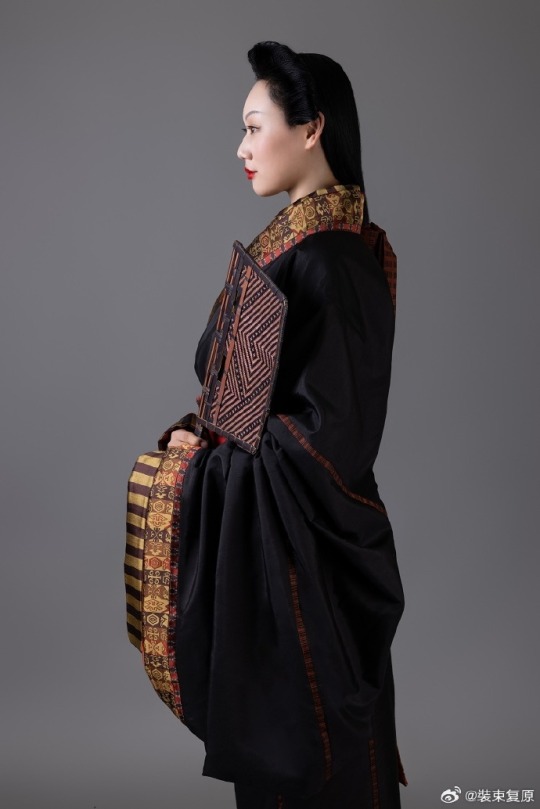
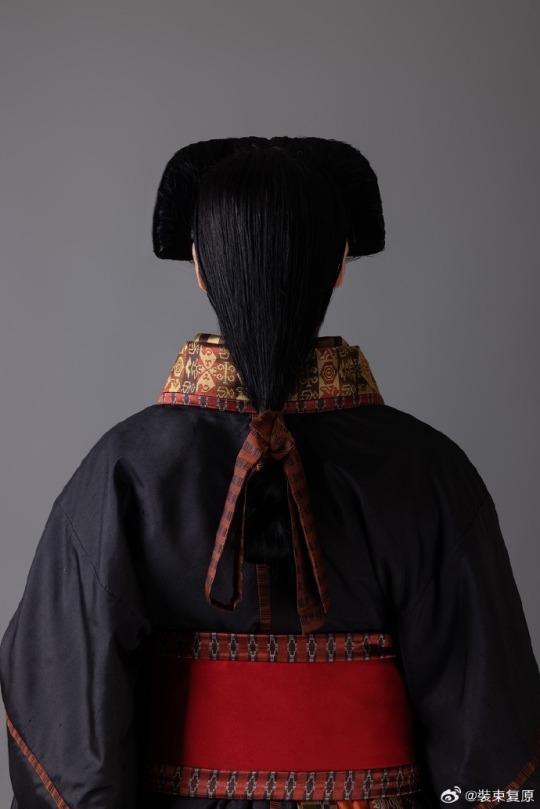
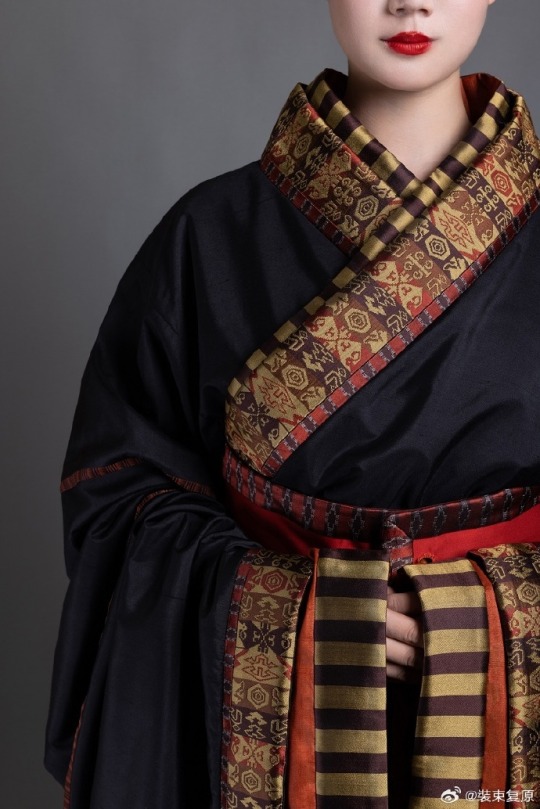
【Historical Artifact Reference】:
Lacquered wood figurines unearthed from Chu State Tomb in Shayang Tumbun Chu Tombs/沙洋塌冢楚墓出土漆俑

Collar cloth and robe unearthed from china Mashan Chu Tomb N19
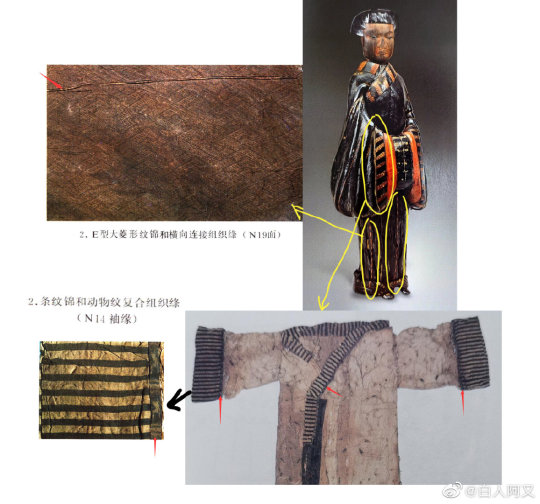
【Histoty Note】Warring States Period·Chu (state) Noble Women Fashion
Many people may wonder why this set of clothing and hairstyles are so similar to Japan, but the fact is this kind of clothing and hairstyle existed in China at least 1,000 years earlier than Japan.
During the China Warring States Period, it was popular for aristocratic men and women to wear robes.
Lacquered wood figurines and robe with similar images have been unearthed from the Shayang Tumbun Chu Tombs and the Chu Tombs at Mashan, many of which adopted the "three-dimensional structure" technique.
For example, a roughly rectangular piece is caulked at the intersection of the robe's sides, skirt sides and sleeve armpits. At the same time, the lower edge line of the top and the upper edge line of the lower skirt are incrementally extended, and then sewn into one body. It is called "Ming three-dimensional structure".
Its ingenuity is that while the outer contour of the garment remains unchanged, it effectively expands the inner space of the garment body, making it convenient for people to wrap the garment from the front to the back when wearing it, without damaging the original collar and garment forms.
The attire of aristocratic women from the Chu state in this set was restored based on the lacquered wooden figurines of the Chu tomb in Shayang. Their foreheads and temples hair are fluffy, and they have a hanging bun at the back of their heads. They wear robes that are connected up and down, and are decorated with brocade inlays at the seams.
The wearing method is the "layering method", two robes are stacked together in advance and then worn as a whole. This allows the collar edge of the lining to be show parallel to the collar edge of the outer garment, and a section of the lining to be show behind the lapel.The brocade edge is decorated with a wide belt and fixed with double belt hooks.
This "layered" wearing method shows the layers and details of Chu people's clothing, and can also show the graceful beauty of the body.
In addition, many creative clothing styles and fabric patterns emerged during the Spring and Autumn Period and the Warring States Period, bringing with them the unique atmosphere, mysterious imagination and ultimate romance of that era, becoming our inexhaustible source of art.
--------
Recreation Work by : @裝束复原
Weibo 🔗:https://weibo.com/1656910125/NhBx1oi5n
--------
#chinese hanfu#Warring States period(475–221 BC)#Chu(State)1030 BCE – 223 BCE#hanfu#hanfu accessories#hanfu_challenge#chinese traditional clothing#china#chinese#hanfu history#hanfu fashion#imperial china#chinese culture#chinese style#historical fashion#Hanfu From China#漢服#汉服#楚国
634 notes
·
View notes